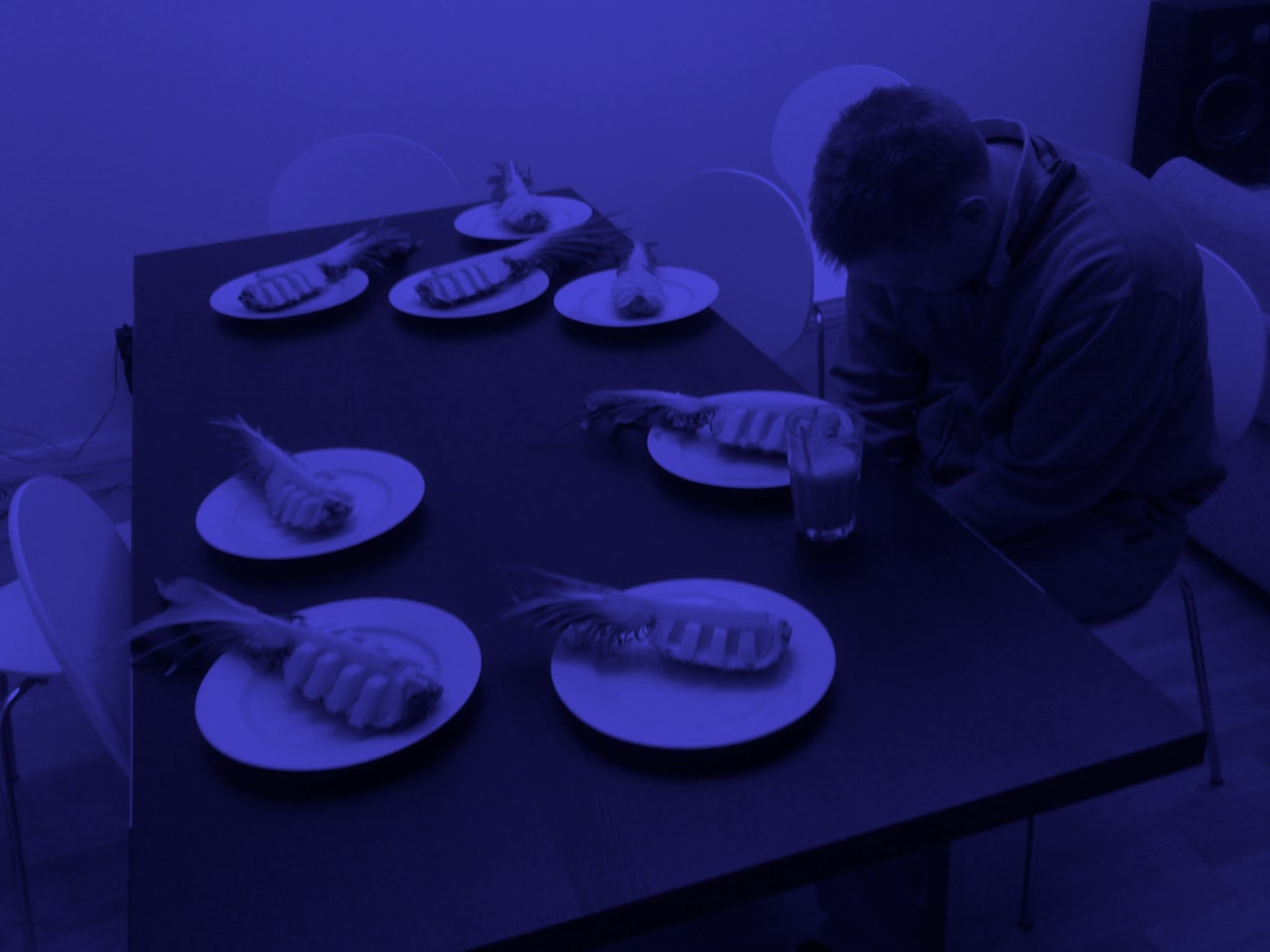Poet Sara Holbrook shared a dire realization last week: She couldn’t answer seventh- and eighth-grade-level questions about her own poems.
Questions about Holbrook’s poems appeared in the STAAR, the standardized test all Texas students and their teachers (and parents) suffer through every spring.
Holbrook started paying attention after a Texas teacher emailed her looking for guidance on why she had inserted a line break in one of her poems. The questions asked about the writer’s motivations, but no test writer had ever asked Holbrook why she made her choices. “I just put that stanza break in there because when I read it aloud (I’m a performance poet), I pause there,” she wrote in a Huffington Post editorial. “Note: That is not an option among the answers because no one ever asked me why I did it.”
“Any test that questions the motivations of the author without asking the author is a big baloney sandwich.”
Asking students to ascribe author intent is dicey at the best of times. We’ve seen long lists of baffled authors wondering at the things readers think are symbolic or nuanced when they aren’t: Ray Bradbury famously told one student “not to get too serious” about dissecting symbolism. But even if we set aside the bumbling nature of these test questions, the larger problem remains. Poetry brings out the worst in standardized testing, and we’re torturing students, teachers, and test administrators by pretending it belongs there.
Doubtful,
I have a fever
or any other measurable symptom.
I’m just down with a sniffly case
of sudden-self-loathing-syndrome.
—The first stanza of “A Real Case,” by Sara Holbrook
Standardized testing is huge in the US, and it’s getting bigger. Nowhere is this more true than in Texas, the sprawling, massive central state with so many students and so many schools that its gravitational pull alters the course of curricula around the country. These tests are supposed to be used as benchmarks for schools and students, ensuring that all students in Texas are receiving a basic functional level of education. Seeking impossible answers to made-up poetry questions seems like a poor way to go about it.
I am a product of the Texas public school system, where I sat through the effects of the standardized testing churn. Every few years or so, Texas scraps its standardized testing system and reinvents it at a cost of tens of millions of dollars. Before the STAAR there was the TAKS, and before that, the TAAS, all equally disruptive and stressful for the students involved. The tests stopped all our other work, taking up a week of class time. Testing weeks saw students and teachers trapped in single classrooms for several eight-hour stretches in utter silence. It was an exercise in drudgery for everyone, and it counts for 15 percent of students’ grades.
The joys of poetry are a poor fit for this scenario not because of how the tests are administered, though, but because of how they’re graded. For Holbrook’s questions, shades of gray made the multiple choice structure a problem, but a writing section that allowed for more nuanced answers could be even worse. As NPR reports, standardized tests are evaluated by huge pods of graders at long tables, slogging through thousands of tests like an assembly line. Grading the tests seems as awful as taking them. Any one of those many thousands of graders is in charge of reading endless paragraphs, deciding if what this student wrote is worthy of a “2” or a “4,” and moving on. The kind of nuance and debate that good poetry thrives in sounds like an alien concept here.
I’ve seen a lot of Texas standardized tests come and go, but no matter the test or the year, the same problems always crop up: questions with no right answers, tests delivered to the wrong cities or towns, tests graded incorrectly.
Even if poetry can be fairly evaluated in this context, it’s doubtful that it could be confidently understood by the people behind the test. “Dozens of professionals — including test specialists, test reviewers, editors, teachers, and specialists in the subject or skill being tested — are involved in developing every test question, or ‘test item,’” according to ETS, the nonprofit that supplies Texas schools. A jobs listing, however, suggests that ETS has at least some of its questions for some of its tests written by freelancers.
The same problems are found across the country. A few years ago, kids in New York state sat baffled before “the pineapple question,” a nonsense fable that riffs on the tortoise and the hare but ends up with animals eating a pineapple after it loses the race. Even Louis C.K. ranted about how much he hates the confusing questions his kids brought home for their standardized testing prep.
“Any test that questions the motivations of the author without asking the author is a big baloney sandwich.”
There is one reason why poetry should perhaps remain in the test: Parents across the country agree that schools spend too much time teaching the test material at the exclusion of other subjects. As one parent wrote, if there’s no poetry on the test, there won’t be any poetry at all in the classroom.
Reading the weird, incomprehensible shapes Holbrook’s poems have been battered into by the STAAR, I’m reminded of Billy Collins’ poem “Introduction to Poetry”: “I want them to waterski across the surface of a poem waving at the author’s name on the shore. / But all they want to do is tie the poem to a chair with rope and torture a confession out of it.” Testing knowledge in this way is bad for students, bad for knowledge, and bad for poetry.
